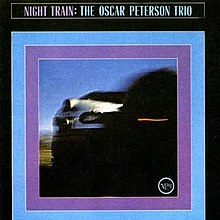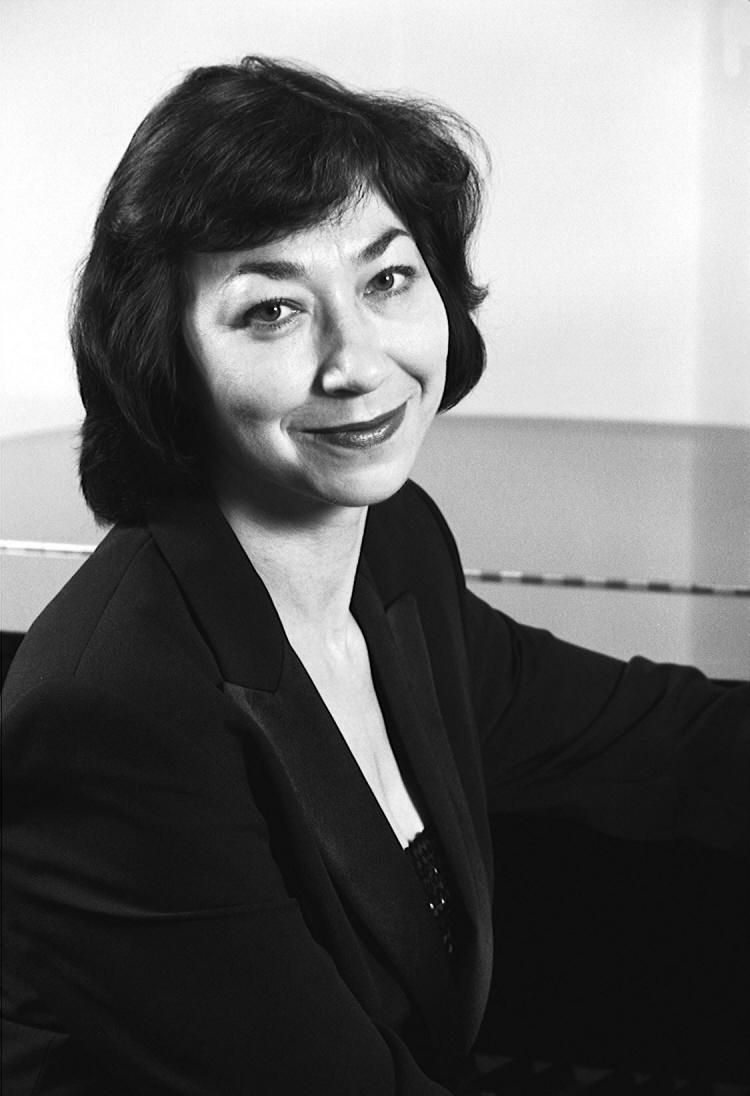| No. 214 of the ongoing ITYWLTMT series series of audio montages can be found in our archives at https://archive.org/details/pcast214 |
=====================================================================
This week’s
podcast concludes our brief look at trios, with a practical application
of the jazz trio (piano, bass and drums) to classical repertoire.
In past J.S.
Bach podcasts, such as our look at the Brandenburg concertos from 2012 and
our Bach Transcriptions podcast of 2013, we made ample mention of how many
composers – most noteworthy among them being Bach himself – reused,
recycled and indeed reinvented some of his works by performing them using
different combinations of performers, or even entirely different settings.
Chief
examples include the orchestral transcriptions of Bach’s organ music for large
orchestra, or Wendy Carlos’ many Bach interpretations on the Mighty Moog
and today’s choice, jazz interpretations of Bach’s music.
I first was
exposed to the work of Jacques Loussier in the early 1970’s, as one of
his many interpretations of Bach’s two-part inventions was used by Radio-Canada
as the title music for one if its shows (I think it was l’heure des quilles,
but I could be wrong…) .
Loussier
started playing piano at the age of 10 and just 16, he entered the
Conservatoire National de Musique in Paris where he studied with Professor Yves
Nat. In the late 1950's Jacques Loussier left the Conservatoire to travel to
South America and the Middle East as well as work as accompanist for Catherine
Sauvage and Charles Aznavour.
In 1959,
Loussier began to explore a novel concept, combining his interest in jazz with
his love of J.S. Bach. Only a pianist with an exceptional classical technique
and deft improvisatory skill could have nurtured such a vision. He founded the Play
Bach Trio, which used J.S. Bach’s compositions as the basis for jazz
improvisation. The trio immediately caught the public imagination. In their
live appearances, tours and concerts, plus a succession of recordings built on
the cornerstone of four albums made for Decca between 1960 and 1963, Loussier’s
group achieved commercial success enjoyed by only a select few jazz musicians.
In 15 years, the trio sold over six million albums.
In 1978,
the trio broke up, and Loussier set up his own recording studio in Provence,
where he worked on compositions for acoustic and electric instruments. He also
worked with musicians like Pink Floyd, Elton John, Sting, and Yes. (Allegedly,
parts of Pink Floyd's album The Wall were recorded at his studio).
Today’s
podcast features some of these landmark recordings, where LKoussier is joined
by string bass player Pierre Michelot and percussionist Christian Garros.
Loussier has also explored Vivaldi, Satie and Mozart in a
jazz vein, but his clever improvisations and flawless technique shine in the
Bach repertoire, which he has indulged in several times on record over the last
50 years, with a wide variety of jazz (and orchestral) partners. I’m sure Papa
Bach would approve of these great interppretations!
I think you will love this music too.





